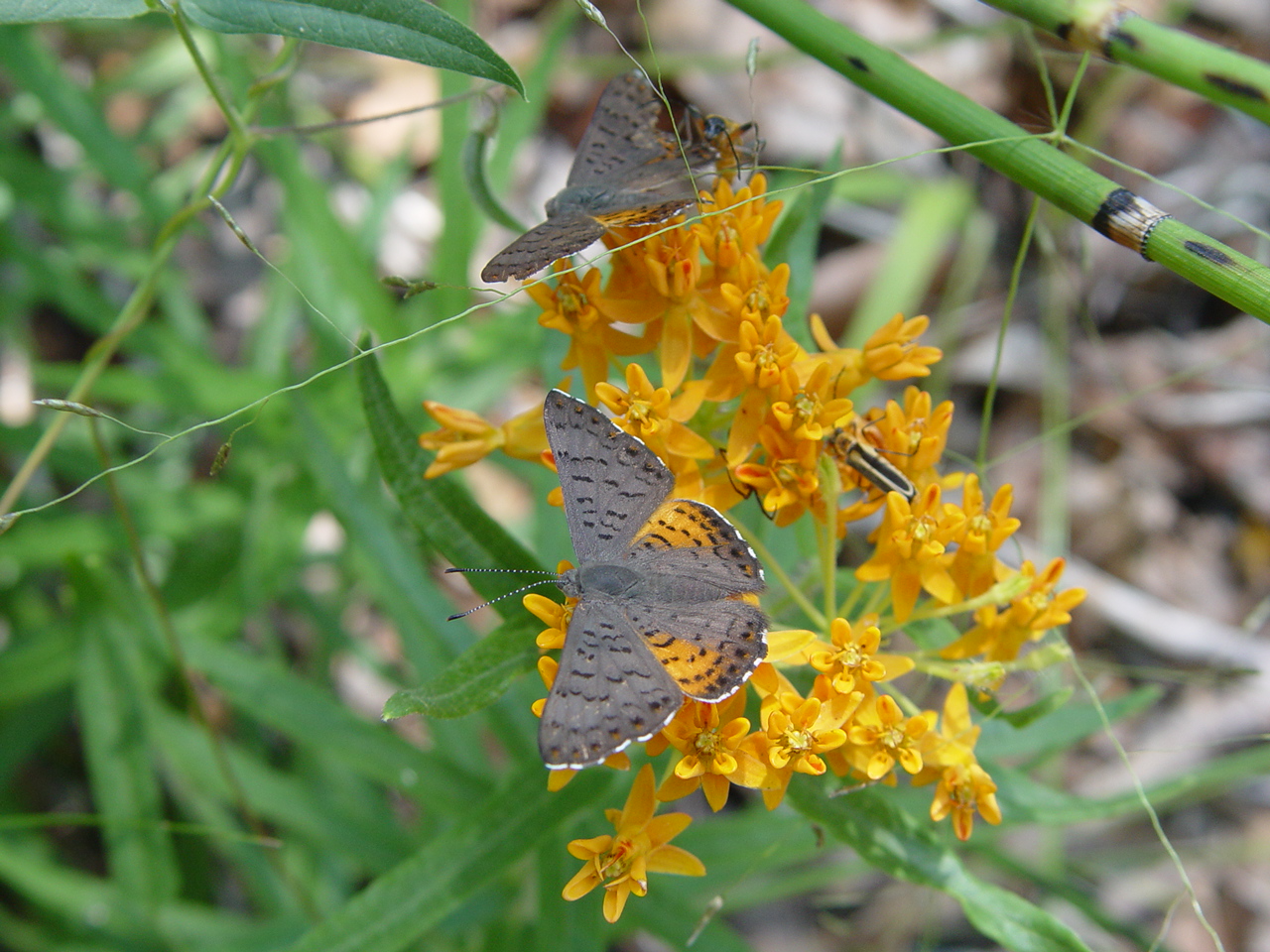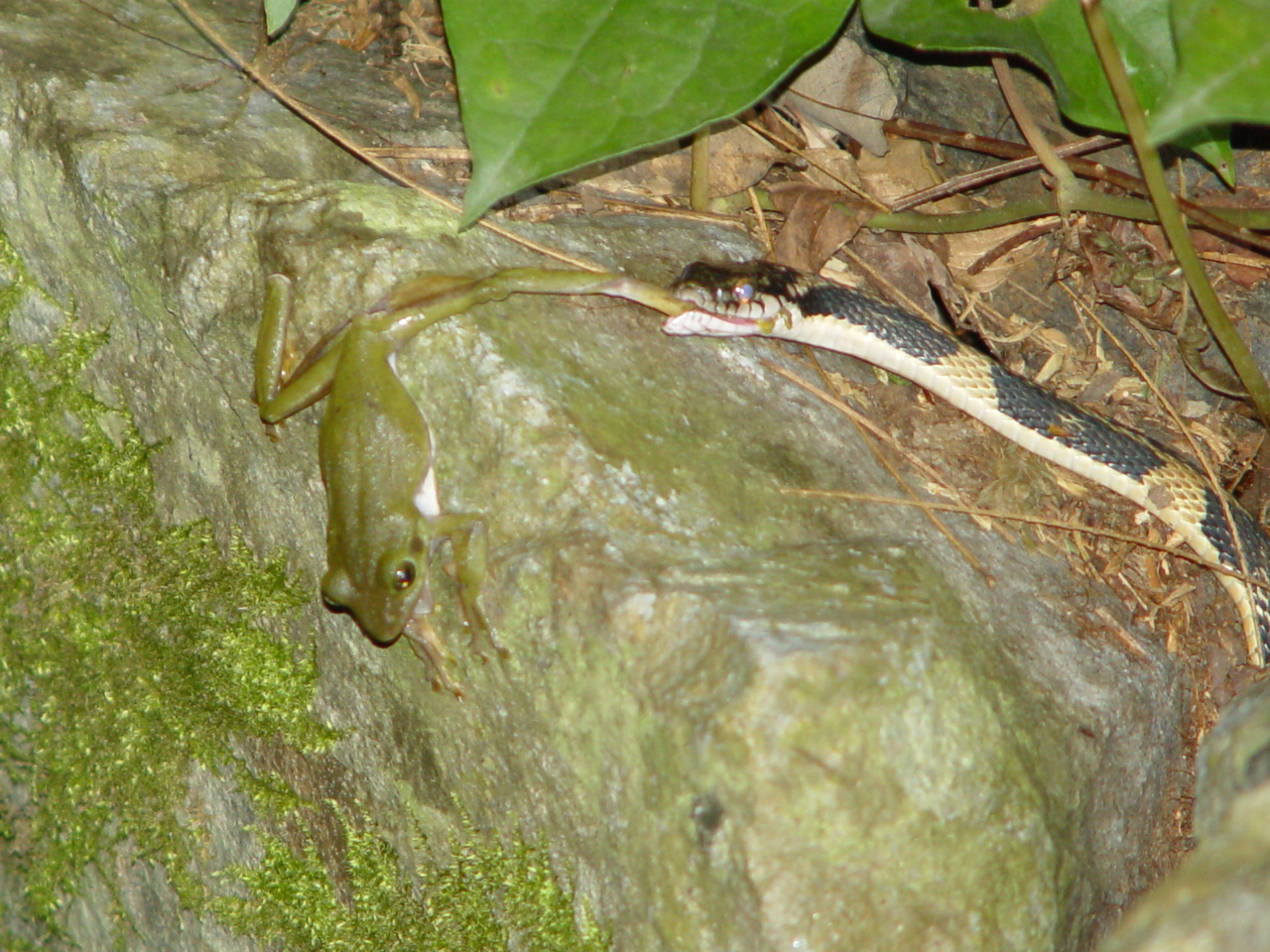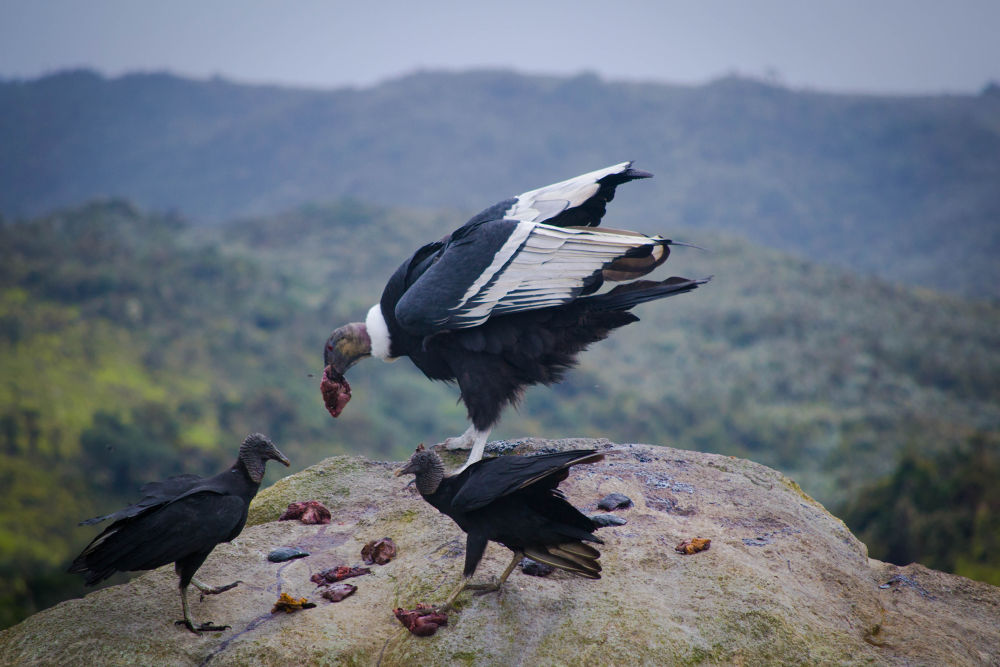In our new author blog, Professor John Wiens describes the first ever study of the evolution of diet across all animals.
One of the most fundamental aspects of the biology of an animal species is the type of food that it eats. Animals have a remarkable diversity of diets and of lifestyles that are associated with these diets. Examples include immobile marine invertebrates (like sponges) that passively feed on tiny organisms filtered from the water, mammalian carnivores that stalk, kill, and eat large, dangerous prey, parasitic worms that spend much of their lives feeding on and living inside larger animals, and the many thousands of insect species that specialize on feeding on a limited number of plant species. Yet, the evolution of diet has yet to be studied across all animals.
A new study in Evolution Letters has now analyzed the evolution of diet across the more than 800 million-year history of animals. This study set out to answer three main questions. First, are diets evolutionary conserved over evolutionary history, or do they change rapidly and randomly over time? Second, do different diets help shape the animal Tree of Life, with certain diets causing groups to rapidly proliferate into thousands of species? Third, what diet was most likely present in the ancestor of all living animals, and of major animal groups?

To address these questions, the authors first gathered published data on diet from all major groups of animals. They classified species as being herbivorous (feeding on autotrophs, like plants, algae, and cyanobacteria), carnivorous (feeding on heterotrophs, like other animals and single-celled, bacteria-eating protists), and omnivorous (frequently feeding on both autotrophs and heterotrophs). They estimated the proportion of different types of diets for nearly all animal phyla and for almost all groups within them. They analyzed these data on an evolutionary tree built from DNA sequence data. The branches of the tree were scaled to the ages of the different groups based on the timing of their appearance in the fossil record. Finally, they addressed their three main questions (i.e. are diets conserved over time? are diets related to diversification? what was the ancestral diet of animals) using statistical methods that utilize phylogenetic trees.
The study revealed several intriguing results. First, diets are highly conserved across the animal Tree of Life. Despite all the variation in diets among animal species, they found that the overwhelming pattern is for species to have diets that are similar to those of their closest relatives. For example, across tens of thousands of species of spiders, all feed primarily on other animals. Similarly, among the thousands of species of snakes, none feed on plants.

Second, different diets do not impact rates of species proliferation across all animals. This result is surprising, because previous studies showed that herbivory (feeding on plants) accelerates rates of species proliferation in some important groups, such as insects, crustaceans, and mammals. However, herbivory has no significant impact on the diversification across all animals. The authors suggested that this occurs because certain diets seem to accelerate rates in some groups, whereas the alternative diet accelerates rates in others. Thus, feeding on plants accelerates diversification in some insects, but in other animal groups, feeding on animals seems to accelerate diversification (such as in the parasitic roundworms and flatworms, the nematodes and platyhelminths).
Third, the diet of the ancestor of all living animals was most likely carnivorous. Furthermore, most major groups of animals also seem to have had carnivorous ancestors, including arthropods (the group containing insects, spiders, and crustaceans), chordates (including fish, amphibians, birds, reptiles, and mammals), and molluscs (including snails, clams, and squids). In contrast, a herbivorous diet evolved more recently and repeatedly within these major groups. Remarkably, the reconstructions of ancestral diets suggested that many carnivorous species living today may trace this diet through an unbroken series of carnivorous ancestors back to the ancestor of all animal species, over 800 million years ago.

An obvious question arising from these results is: how could the ancestor of all animal species be carnivorous if there were no other animal species (at that time) to eat? This ancestor could have eaten one-celled organisms called protists. Many protists are also heterotrophs, like animals.
Finally, the study also estimated how common different diets are among all animal species, possibly for the first time. The authors estimated that the majority (roughly two thirds) of all animal species are carnivorous, that herbivores are roughly half as common as carnivores, and that omnivores are relatively rare, occurring in only 5% or less of animal species. The relative rarity of omnivores, which have diets that are intermediate between the more specialized herbivores and carnivores, might also help explain the relatively few transitions between carnivorous and herbivorous diets. In turn, the few transitions between carnivorous and herbivorous diets may explain the overall pattern of diets being strongly conserved among species and maintained over time for hundreds of millions of years.
John Wiens is Professor of Ecology and Evolutionary Biology at the University of Arizona. The original study is freely available to read and download from Evolution Letters.
